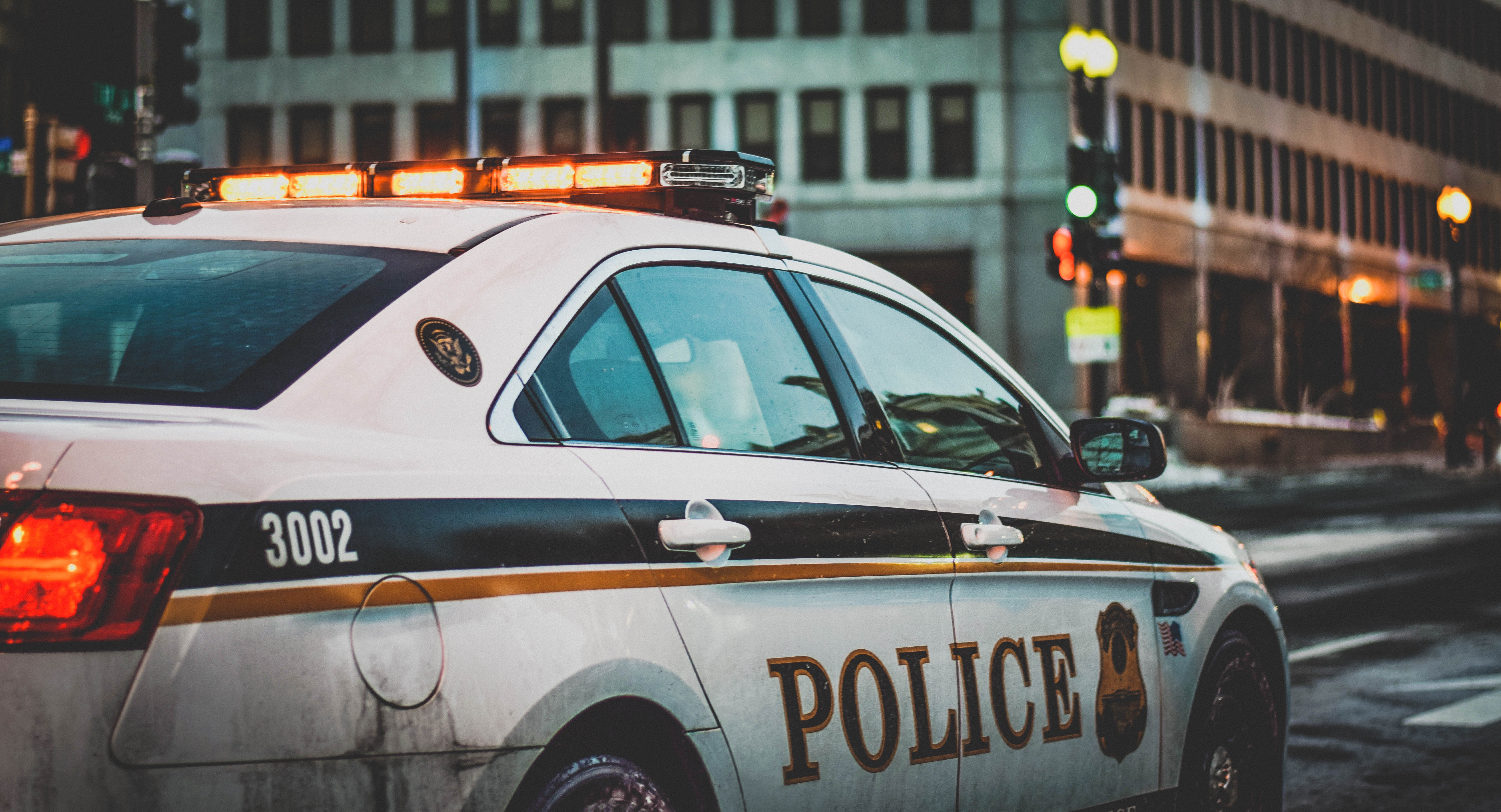One of the first things you should do after being in a car accident is to notify the police. The officers need to write up a police report as soon as possible, therefore it’s important you get them to the scene quickly, regardless of the severity of the accident.
For more information about the process a police officer undergoes while investigating a car accident, continue reading. If you've recently been in a motor-vehicle accident, our experts are here to take care of you.
Assess the Scene
After arriving at the scene, a police officer will make sure everyone is safe. Safety is their top priority from start to finish. Next, they will call additional firefighters, first responders, paramedics, and additional police officers to help assess the accident if necessary. They may also block off the street using cones and direct traffic to avoid additional dangers.
The officer will continue to gather preliminary information, which includes location, weather, road conditions, date and time of the crash, the time police are notified, who notified the police and how, the number of vehicles involved in the accident, the type of vehicles involved, and any other additional details necessary to accurately assess the scene. Once this information is obtained, the officers can further investigate the car accident.
Gather Statements from Victims and Witnesses
Once police ensure everyone’s safe and gather all the preliminary information, the next steps are to determine who may have broken the law and who is at fault. In doing so, the officer will separately pull aside the drivers, passengers, and witnesses to get a better idea of the timeline of events. This process will allow the officers to gather as much information as possible about the accident.
These conversations will give police the opportunity to take closer observations of everyone’s individual behavior and gestures, and if they have any physical or mental conditions that need to be recorded.
Document the Vehicle
The officer will inspect the vehicle and locate any damages caused by the collision. He or she will pin-point where the cars collided to get a better idea of which direction the cars were traveling.
During this time, the officer will inspect any other significant damages such as, flat tire, broken glass, debris, etc.
Protected Evidence and Variable Calculation
If there is vulnerable evidence left at the scene, it’s important the officer be very careful with this as it could easily be damaged or destroyed. It’s necessary for the officer to protect this evidence and document any relevant details. An example of a delicate piece of evidence is a glass bottle, which may have contained alcohol.
Depending on the severity of the collision, police must gather certain crash variables. Examples of these include speed, time, intoxication, etc. In the case of a complex collision, you should consider having your attorney hire a professional accident reconstruction expert to effectively calculate the variables of the accident.
Contact Bart Durham Injury Law
If you’ve been in a serious car accident, don’t rely entirely on the investigative services of police. In the event you’ve suffered serious injuries from an accident, give one of our team members at Bart Durham Injury Law a call for a free legal consultation.
Contact us 24/7 to learn more about car accident investigations or schedule a free initial consultation with a team member at our automobile injury law firm at 615-242-9000 or 800-844-1712.


